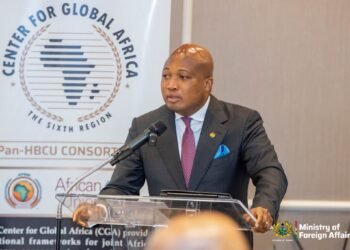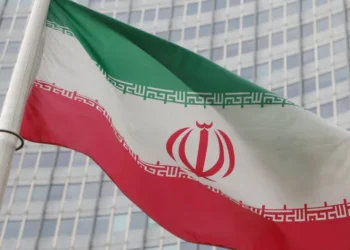While Ghana’s 2025 national budget shows an increased financial commitment to education, a comprehensive analysis by Africa Education Watch (Eduwatch) reveals that the allocation still falls significantly short of international benchmarks, raising concerns about the nation’s ability to achieve critical sustainable development goals.
The report, marking the first budget under President John Dramani Mahama’s administration, provides a detailed review informed by principles of allocation efficiency and Ghana’s international commitments to educational financing.
“The government projects a total public expenditure of GHC 270.9 billion in 2025, higher than the GHC 226 billion in the previous (2024) main budget by 16.57 per cent. It also projects a GDP of GHC 1.4 trillion for 2025”.
Africa Education Watch (Eduwatch)
Eduwatch analysis posited that within the broader fiscal framework, the 2025 budgetary allocation for education, at GHC 42.1 billion, represents the highest nominal amount ever committed to the sector.
According to Eduwatch, this figure also marks the highest proportion of the national budget dedicated to education in the post-COVID-19 era, indicating a positive, albeit partial, recovery in educational prioritisation.
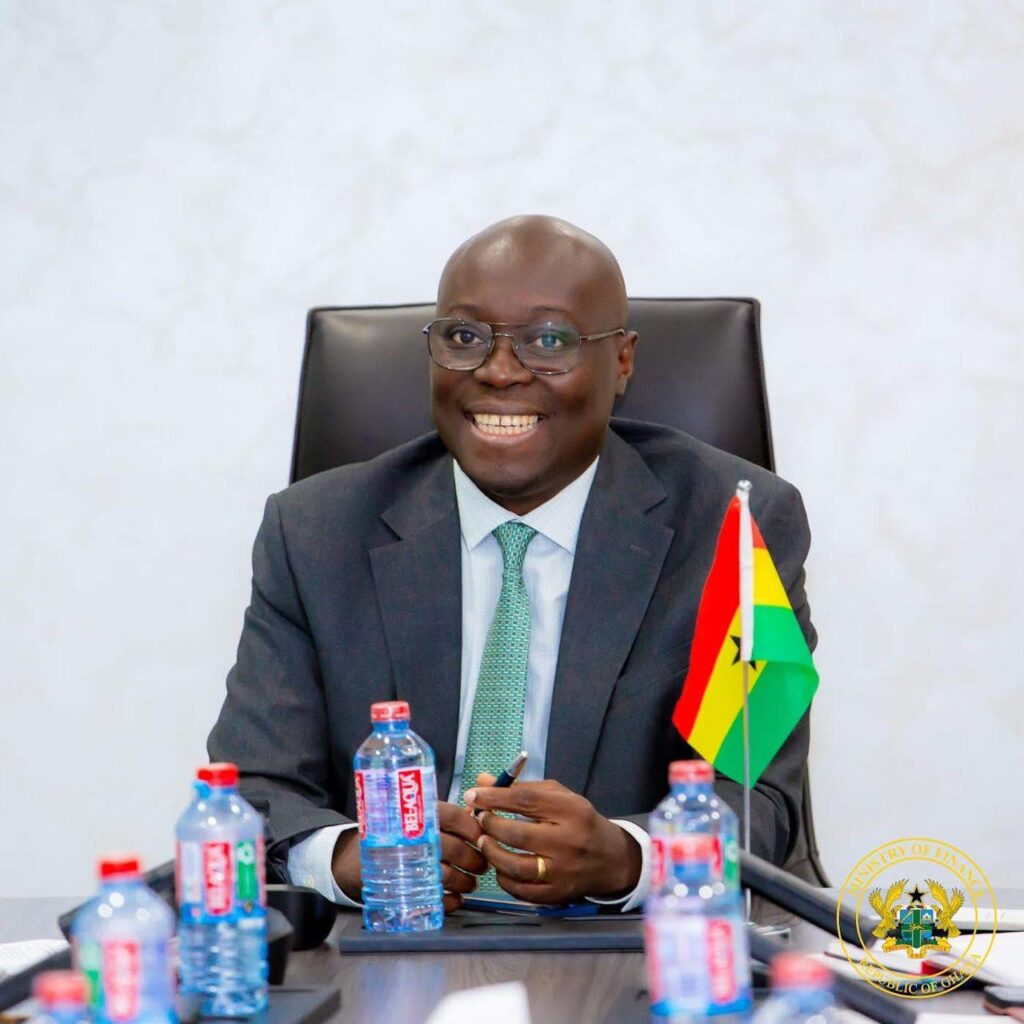
Despite this nominal increase, Eduwatch’s analysis painted a nuanced picture, revealing persistent challenges in meeting globally recognized funding standards.
Between 2018 and 2025, the education budget as a percentage of GDP has fluctuated, reaching a high of 4.63 percent in 2020 before embarking on a concerning downward trend.
By 2025, this percentage is projected to drop to an eight-year low of 3.01 per cent. Similar patterns are observed in education’s share of the national budget; while it reached its peak at 20.76 per cent in 2019, a subsequent decline saw it fall as low as 13.13 per cent in 2023.
Although there’s a significant appreciation to 15.56 per cent in 2025, making it the highest post-COVID allocation, Eduwatch noted that it remains notably below the recommended global funding norm, which typically advises 20 per cent of the national budget.
“The 2025 budgetary allocation to education, therefore, fails to meet both international financing benchmarks (4-6% of GDP or 20% of national budget) and falls short of Sub-Saharan Africa’s average of 4.1 per cent (2023) of GDP to education.”
Africa Education Watch (Eduwatch)
A particularly stark comparison highlights the nation’s fiscal dilemma: in the 2025 budget, Ghana will be spending a staggering GHC 64.2 billion on debt servicing, overshadowing the GHC 42.1 billion allocated to education.
This stark disparity, according to Eduwatch, is a direct consequence of Ghana’s substantial debt portfolio, underscoring the severe constraints imposed by national debt on critical social sector spending.
Basic Education Underfunding
One of the most pressing concerns raised by Eduwatch is the consistent underfunding of basic education. Historical data indicate that between 2010 and 2015, Basic Education received an average of just 46 per cent of the total education expenditure.
The report emphasised that for Ghana to truly transform this foundational level of its education system, the government must consistently commit over 40 percent of the total education budget to basic education.
Currently, Basic, Inclusive and Special Education, and Complementary Education remain critically underfunded, despite serving over 6.5 million beneficiaries.
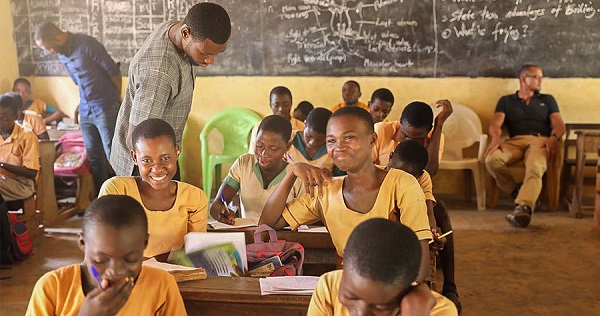
This contrasts sharply with Tertiary Education and Second Cycle Education, which collectively account for approximately 2 million beneficiaries but receive a disproportionately larger share of the funding.
“For a country with close to one million children out of school and thousands of basic schools under trees and dilapidated structures, including lacking electricity and basic digital infrastructure, committng less than a quarter of the total education envelope to Basic, Inclusive and Special Education, and Complementary Education is uninspiring towards achieving the SDG Goal 4 target of Universal Basic Enrolment and Completion by 2030″.
Africa Education Watch (Eduwatch)
Inequitable Funding Distribution
The report critically examined the inequitable distribution of funds, noting that while about a quarter of the Tertiary Education allocation is self-generated through Internally Generated Funds (IGF), Second Cycle Education is fully publicly funded.
This inequitable allocation, according to Eduwatch, points to a “cost-inefficient wholesale free Second Cycle Education system,” largely driven by its expensive boarding nature.
The analysis firmly stated that maintaining the current expensive Second Cycle Education system invariably means “depriving Basic Education of critical funding,” making it impossible for Ghana to meet key SDG 4 targets by 2030, which necessitates at least 40 percent of the total education budget for basic education.
Proposed Recommendations
In light of these findings, Eduwatch put forth a series of key recommendations aimed at re-prioritizing and optimizing education financing.
Foremost among these is the call for the Ministry of Education to increase basic education’s share of the total education budget to at least 40 per cent. Additionally, specific increases are recommended for inclusive education (at least 2 percent) and complementary education (at least 2 per cent).
To free up resources for infrastructure development, Eduwatch urged the Ministry of Finance to revert to the previous arrangement where free Senior High School (SHS) was financed from petroleum revenues (ABFA) and the Consolidated Fund, allowing GETFund to focus on its core mandate of infrastructure.
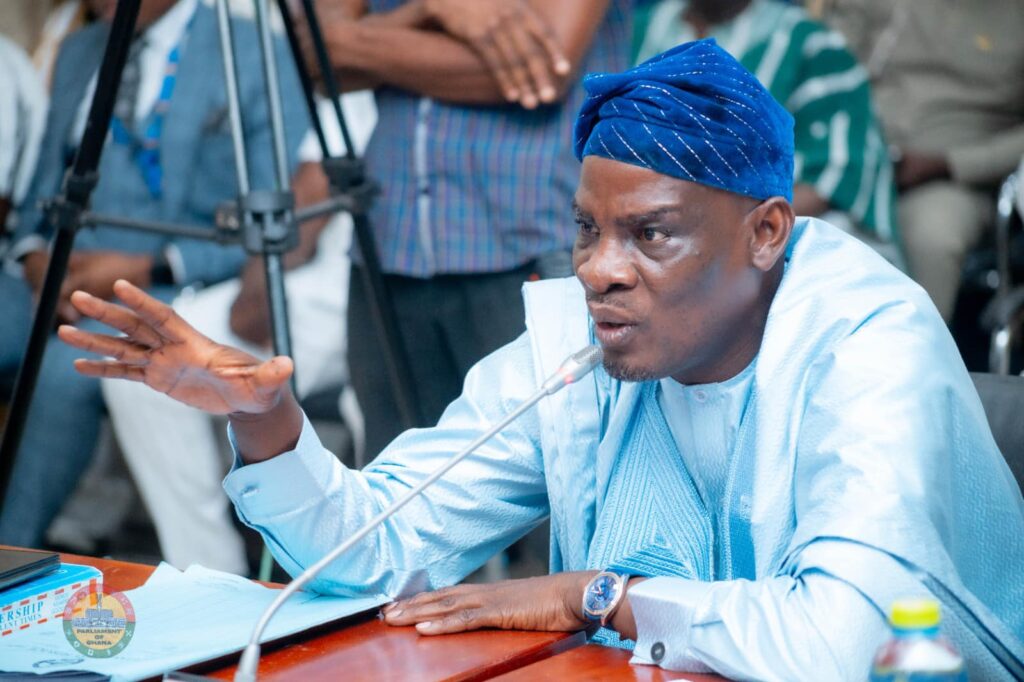
Further recommendations include ensuring the timely release of education funds to improve budget execution and policy implementation, as well as allocating supplementary funding for School-Based Assessments, which the current Capitation Grant cannot adequately finance.
For the Ghana School Feeding Programme, the Ministry of Gender, Children and Social Protection is advised to decentralise management, deepen transparency, and strengthen accountability, with an inflation indexation mechanism for annual budget adjustment.
Eduwatch also stressed that the Ministry of Education should commit at least 60 per cent of the 2025 GETFund budgetary allocation to education infrastructure, prioritising basic education.
Improving the disbursement and strengthening the transparency and accountability of the Capitation Grant at district and school levels, coupled with its strict alignment to School Performance Improvement Plans and an inflation indexation mechanism, are also deemed critical.
Investing in SLTF
Finally, the report advocated for government investment in the Students Loan Scheme for all public Tertiary Education students, arguing that the continuous payment of teacher trainees’ allowances, amounting to GHC 207 million earmarked for 2025, is wasteful.
These funds, Eduwatch suggested, could be effectively added to the Student Loan Trust, benefiting all tertiary students, including teacher trainees.
In conclusion, while Ghana’s 2025 education budget reflects a welcome improvement over the previous year’s allocation, Eduwatch bemoaned that it critically falls short of all international funding benchmarks.
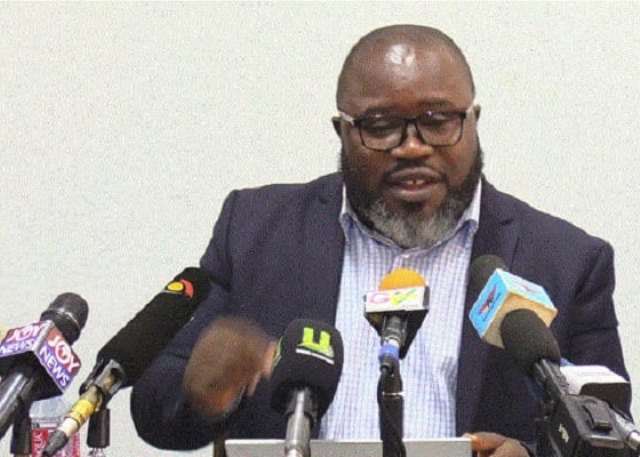
Basic Education continues to receive a low priority in funding compared to Second Cycle and Tertiary Education. Eduwatch asserted that Ghana must urgently strive to allocate at least 20 percent of its national budget to education and, crucially, ensure that 40 percent of this funding is directed towards basic education.
These benchmarks are deemed indispensable if the country is to realistically achieve all targets under SDG 4 by the year 2030, securing a foundational and equitable education for all its citizens.
READ ALSO: Ghana’s Fuel Supply Uncertain as Global Oil Price Surges





